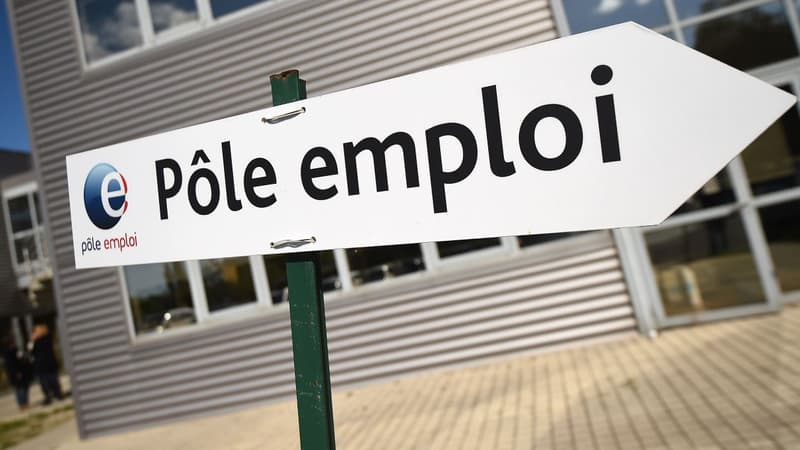In terms of employment for the elderly, Île-de-France stands out. The employment rate of the population aged 55 to 64 reached 65.2% in 2021, almost ten points above the national average (55.9%), reports a recent study by the JRC Paris-Île-de-France based on Eurostat data, cited by the echoes.
Ile-de-France good student
While the employment rate of the elderly has increased considerably in almost all parts of France over the last twenty years (the French average was only 29.4% in 2000), Île-de-France has maintained its lead, with a stable deviation from the national level.
This advance can be explained by the profile of the elderly in the Ile-de-France region. The latter are, on average, more qualified and entered working life later, underlines the study. There is also a higher proportion of executives than in other French regions: executives generally retire later than other categories.
In addition, some older people leave the Paris region to settle elsewhere in France when they retire, which mechanically contributes to increasing the employment rate of older people in the Ile-de-France region.
The Grand Est in last place
Behind Île-de-France, the second place is held by Centre-Val de Loire, with an employment rate of older people of 58.8% in 2021, that is, 6.4 points less. The Loire region is closely followed by Auvergne-Rhône-Alpes (58.5%), then Provence-Alpes-Côte d’Azur (56.5%).
At the bottom of the ranking, we find Normandy (51.9%), Hauts-de-France (51%) and Grand Est (50.4%) which trail behind in last place. Industrial regions that concentrate a large number of factories where the difficulty of the trades is greater.
But if Île-de-France flies over other French territories, it is not like that if we compare it with other large European regions. On the other side of the Rhine, German Bavaria shows a much higher employment rate for older people (74.9%), the same as North Holland (71.2%), the area around Amsterdam or the Land of Berlin ( 68.1%). However, Ile-de-France surpasses the Community of Madrid (63%), Catalonia (60.2%), as well as Lombardy (56.2%), around Milan in northern Italy.
Source: BFM TV


